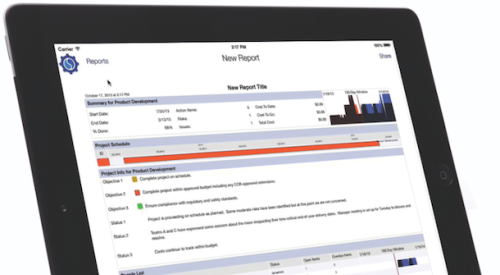My previous article on the use of social media in new-home sales brought an onslaught of emails and letters from readers, many of whom do not agree with my stance on the topic. Two comments that evoked the most feedback were:
• Don’t let social networking become “social not working.”
• You cannot manage, improve, or justify the expenses of that which you do not measure.
I believe, presuming a business is rooted in integrity, that the principal objective of a home builder or developer is to sell homes, condominiums, or home sites, and to make a measurable return on investment. Selling is a contact sport. The more opportunities a highly proficient sales professional has for personal contact with a prospect, the more sales will be made. What’s the point of spending time and resources on anything if there is no expectation of sales, or a system to measure its effectiveness against that objective?
Below are three common “myths” about social media in new-home sales, along with responses from two people I consider to be experts on the subject matter — Robert Jackson (RJ), owner of Internet Builder Consulting, and Kristi Allen (KA), director of Internet marketing with McArthur Homes, in Salt Lake City.
1. More “likes” means more sales
Robert Jackson : A “like” or the number of “likes” has nothing to do directly with sales. And not all “likes” are created equal. It’s quite easy to create hundreds and even thousands of “likes,” but without ongoing interaction and a strong call to action that leads to a website visit or a phone call, related to provable sales, the “likes” are essentially worthless.
Kristi Allen: Google Analytics makes it very easy to track social media efforts and see which forms of social media and, more importantly, which types of “request for contact information” are resulting in lead capture, interaction, visits, and sales.
2. The purpose of social media is to brand our business.
KA: I imagine the whole system as a funnel, with the fundamental purpose being to move people from the social media sites to the website (to a contact form on the site) to the model home — then to a purchase.
RJ: The strength of a social network lies within the interactions you create, not the number of “likes.” Social media marketing is about utilizing all of the top social networking channels to reach potential buyers, brand your company, control your online reputation, and entice people to visit your website [where you provide many opportunities for them to contact you].
3. Requests for contact information as a part of social media can hurt the relationship. “Liking” is saying you would like information through social media. Contacting people who have “liked” you is a big no-no in social media etiquette.
KA: Once visitors have found us interesting on Facebook and make their way to our blog and website — where we provide great content that is easy to navigate — each page includes multiple calls to action that have increased our contact rates dramatically.
RJ: If a social networking account or page is not set up properly — for example, linked to other accounts, engaging, informative, interactive, entertaining, all suggesting a website visit — it will not produce measurable results.
Recently, a builder sent me a message in response to a report he received from his marketing company. The company stated: “Over 800 ‘likes’ this week.” His response: “Then what? Please!” It’s a great question that I encourage all of you to ask.












